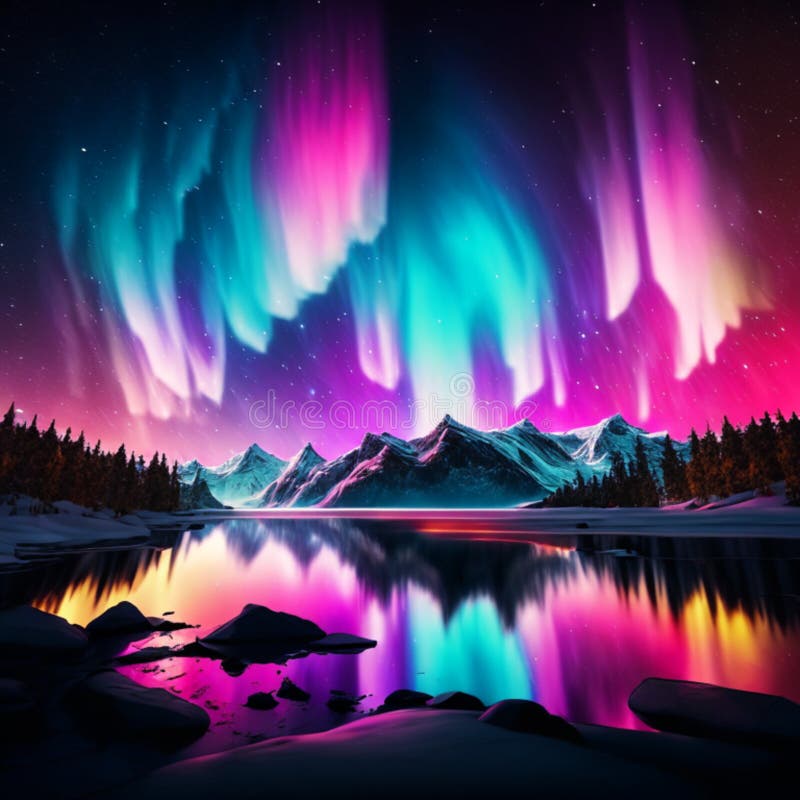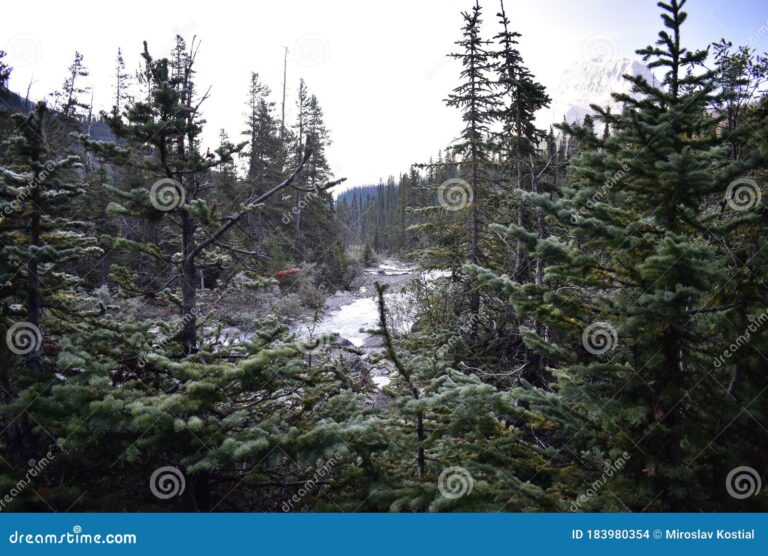
Audience
- Sentiment: Positive
- Political Group: Neutral
- Age Group: All age groups
- Gender: All genders
Overview
- The northern lights, or aurora borealis, are a stunning natural light display caused by solar wind and Earth’s magnetic field.
- The chances of seeing the northern lights in the U.S. are increasing, especially for regions like Alaska, Idaho, and Michigan.
- Residents are encouraged to dress warmly, check weather conditions, and find dark locations to enhance their viewing experience.
Chasing the Northern Lights: A Spectacular Show for U.S. Residents
Have you ever stared up at the night sky and wondered about the mysteries it holds? What if I told you that sometimes, those mysteries include shimmering ribbons of green, pink, and violet dancing across the horizon? Yes, I’m talking about the breathtaking northern lights, also known as the aurora borealis! Get ready to pack your warmest clothes and prepare for an adventure, because the next few days might just give you the chance to see this spectacular phenomenon.
What Are the Northern Lights?
Before diving into the details of how and when to see the northern lights, let’s take a moment to understand what they actually are. The northern lights are a natural light display that occurs in the polar regions. They are caused by the interaction between solar wind (a stream of charged particles released from the sun) and the Earth’s magnetic field. When these charged particles collide with gases in our atmosphere—like oxygen and nitrogen—they create beautiful light effects. Imagine vibrant green waves dancing across the sky or bursts of pink and purple illuminating the darkness. It’s like nature’s own light show, and it’s coming soon!
When Can You See Them?
Just recently, the National Oceanic and Atmospheric Administration (NOAA) reported that the chances of seeing the northern lights in the continental U.S. are significantly increasing. On Sunday night, viewers in the northernmost regions of the country might have an amazing opportunity to witness this display. With a Kp index of three, which measures geomagnetic activity on a scale of one to nine, the northern lights are expected to appear brighter than usual. What does that mean? Simply put, the higher the Kp index, the more widespread and visible the auroras can be.
And it doesn’t stop there! On Monday, the Kp index is predicted to reach four, making it an even better time for aurora enthusiasts to look up and be mesmerized. While Alaska is known as the best spot to see the northern lights, residents of Idaho, Michigan, Minnesota, Montana, North Dakota, Washington, and Wisconsin are also in a great position to catch this magical display, especially between 10 p.m. and 2 a.m. So, make sure to mark your calendars!
The Best Places to View the Lights
If you’re lucky enough to live in one of the areas that might witness this spectacular event, it’s essential to find the best spot to view the northern lights. City lights can hinder your ability to see the auroras clearly, so finding a location farther away from urban glow is key. Think about going to a local park, a hilltop, or any area known for dark skies. Higher elevations are particularly great because they provide a clearer line of sight to the northern horizon.
Picture yourself standing beneath a sky filled with twinkling stars while the northern lights paint the darkness in neon colors. It’s not just a view—it’s an experience! Make sure you choose a safe spot and perhaps invite a few friends along. After all, sharing this incredible sight with others only enhances the magic!
Tips for Viewing the Northern Lights
Now that you know when and where to look for the auroras, let’s talk about some tips to make your experience as enjoyable as possible. Here are some suggestions to ensure you can see the northern lights clearly:
- Dress Warmly: Let’s be honest—standing outside in the cold for hours isn’t comfortable if you’re not bundled up. Layer your clothing, wear insulated boots, and don’t forget a warm hat and gloves. Staying warm allows you to enjoy the view longer without worrying about the chilly temperatures.
- Check the Weather: Before you head out, check the weather conditions. Clear skies are essential for viewing the northern lights. Cloudy or overcast skies can obstruct visibility, so you want to pick a night with minimal cloud cover.
- Turn Off Your Phone’s Brightness: If you’re using your phone to take pictures, make sure to dim the brightness or use red light mode to preserve your night vision. Your eyes need time to adjust to the darkness, and bright screens will hinder that adjustment.
- Bring a Camera: For those who love photography, you won’t want to miss the chance to capture this stunning display. If you have a tripod, bring it along! A stable camera will help you take better photos, and wide-angle lenses are perfect for capturing the vastness of the sky.
- Be Patient: Watching for the northern lights might require a bit of patience. Sometimes they appear quickly, while at other times, it could take a while before you see any activity. Bring along a blanket to sit on and enjoy the starry night while you wait. Chat with friends, share stories, or even listen to music while keeping an eye on the sky.
A Bright Future
What’s exciting is that this heightened visibility of the northern lights isn’t just a one-time event! Due to increased solar activity, scientists predict that the auroras will continue to be more visible over the next few years, especially leading up to 2026. That means more opportunities for you to witness this cosmic light show and create incredible memories.
Imagine telling your friends that you saw the aurora borealis. It’s not just a story; it’s an experience that very few people get to have outside of the Arctic regions. This could be a chance for you to bond with family and friends, share laughter, and create unforgettable moments under the sky.
Join the Community of Aurora Chasers!
As you gear up to experience this stunning phenomenon, remember that you’re not alone in this adventure. People all across the northern U.S. will be looking up at the sky, just like you, hoping to catch a glimpse of the mystical dance of lights. Many communities and social media groups are dedicated to the northern lights where you can share your experiences, photos, and tips with others who share your interest.
In the spirit of sharing, I would love to hear from you! Have you ever seen the northern lights? What thoughts and emotions did it evoke in you? Or are you planning to watch them for the first time? Feel free to drop a comment below. Let’s spark a conversation about this amazing celestial event!






